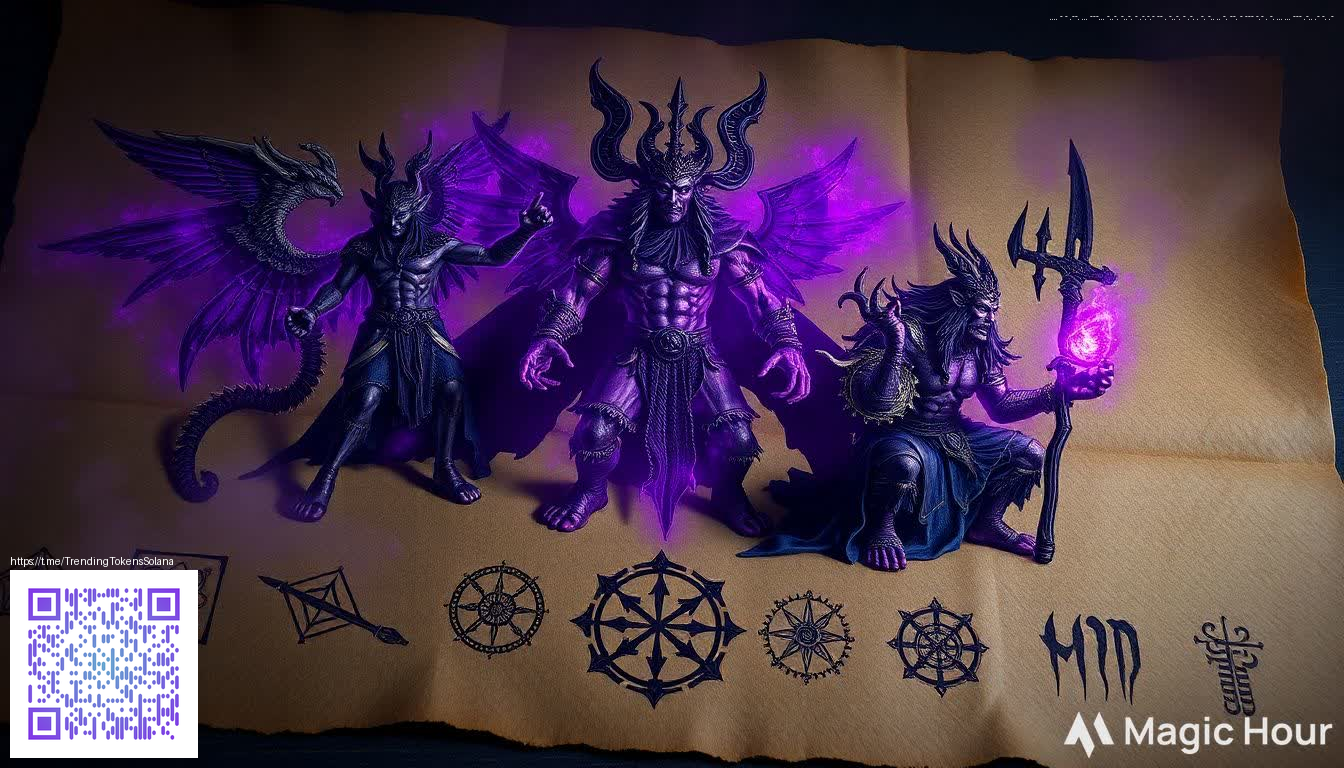Persona 5 Royal vs Shin Megami Tensei V: Which JRPG Reigns?
Two giants sit at the pinnacle of modern Japanese role-playing games, each representing a distinct flavor of JRPG design. Persona 5 Royal (P5R) blends social simulation with stylish, turn-based combat and a pulsing urban soundtrack. Shin Megami Tensei V (SMT V) dives into a brutal, mythic world where demon negotiation, moral choices, and strategic battles drive the narrative forward. If you’re torn between the two, you’re not alone: both games push different parts of your RPG brain—story, systems, and atmosphere—in compelling ways.
Storytelling and Theme
P5R tells a coming-of-age story through the eyes of the Phantom Thieves: a group of students who awaken to harness extraordinary powers and challenge corrupt adults in a stylish, dreamlike Tokyo. The game leans into character-driven arcs, social bonds, and a sense of playful rebellion that gradually reveals a deeper critique of societal structures. The tone is bright, witty, and relentlessly stylish, with moments of melancholy that land hard when you least expect them.
“The heart of P5R is its cast—each character’s confidant routes feel like mini novels you’re writing in real time.”
SMT V, by contrast, drops you into a post-cataclysmic urban landscape where human choices ripple through a living pantheon of gods and demons. Its themes are weightier, exploring morality, law versus chaos, and the consequences of compromising with powers beyond your control. The storytelling is terse and mythic, often leaving interpretation to the player, and the world-building leans into a sense of existential risk rather than gleeful bravado.
Gameplay and Systems
The core loop in P5R centers on day-to-day life intertwined with dungeon delves. You balance studies, part-time work, and friendships, then launch into turn-based battles where personas—your supernatural allies—merge, evolve, and unleash flashy combos. The game rewards planning, time management, and social synergy; you’ll feel the payoff when a well-timed fusion chain creates a devastatingly effective team composition.
- Combat rhythm: Turn-based battles with a strong emphasis on exploit timing and party synergy. Persona management is as much about puzzle-solving as about raw power.
- Character growth: Social links or confidants unlock unique abilities, storytelling depth, and powerful new personas.
- Customization: A rich palette of skills, equipment, and fusion options keeps the strategic side fresh across the long journey.
SMT V trades the social simulation for demon strategy. Combat uses a variant of the classic “press turn” system where exploiting enemy weaknesses grants extra actions. You recruit and fuse demons to build a flexible, sometimes ruthless party, and you’ll need to adapt to each demon’s affinities, resistances, and skill sets. The game rewards patient planning, careful resource management, and a willingness to renegotiate alliances as the story unfolds.
- Demons and negotiation: Every encounter can become a negotiation with a demon, a mechanic that blends diplomacy with tactical risk.
- Fusion and talent trees: Demon fusion opens nearly limitless team possibilities, but building a cohesive roster requires foresight and testing.
- Difficulty pacing: SMT V often stabilizes into a relentless, methodical tempo that rewards strategic thinking over button-mashing.
Characterization and Tone
P5R’s characters feel like a bustling ensemble cast you’d happily spend evenings with. Their banter, growth arcs, and occasional heartbreak give the game its emotional current. The tone is approachable, with humor that lands between battles and in the school corridors, making the late-game revelations hit with surprising resonance.
SMT V focuses more on the burden of choice and the weight of power. Its characters can feel distant at times, yet their decisions carry real consequences in a world where divine forces shape human fate. The soundtrack—industrial, expansive, and ominous—complements the mythic atmosphere, underscoring the sense that you’re navigating a moral landscape as precarious as the world you inhabit.
Visuals, Accessibility, and Mood
Visually, P5R embraces a lush, stylized anime aesthetic with bold color palettes and dynamic UI that mirrors its confident, fast-paced rhythm. SMT V adopts a stark, neon-lit, post-apocalyptic look that emphasizes scale and danger, delivering a sense of awe in its depictions of demon silhouettes and expansive overworlds. Both games offer deep, satisfying narratives, but their moods cater to different dispositions: the former to fans of character-driven heists and social shenanigans, the latter to players who savor mythic epics and strategic complexity.
When you’re choosing between them, consider what you want most from a JRPG experience. If you’re after a vibrant, character-centric journey with plentiful side activities to savor over time, P5R is likely your match. If you crave a darker, more methodical odyssey where every battle tests your planning and every demon encounter is a negotiation, SMT V should be your pick.
For those who like to keep a few gadgets at the ready while exploring these worlds, consider a slim, glossy accessory that travels well with you. Slim Phone Case for iPhone 16 - Glossy Ultra-Thin Polycarbonate provides protection without bulk, a small comfort when sessions stretch into long study-like marathons or dungeon crawls.
